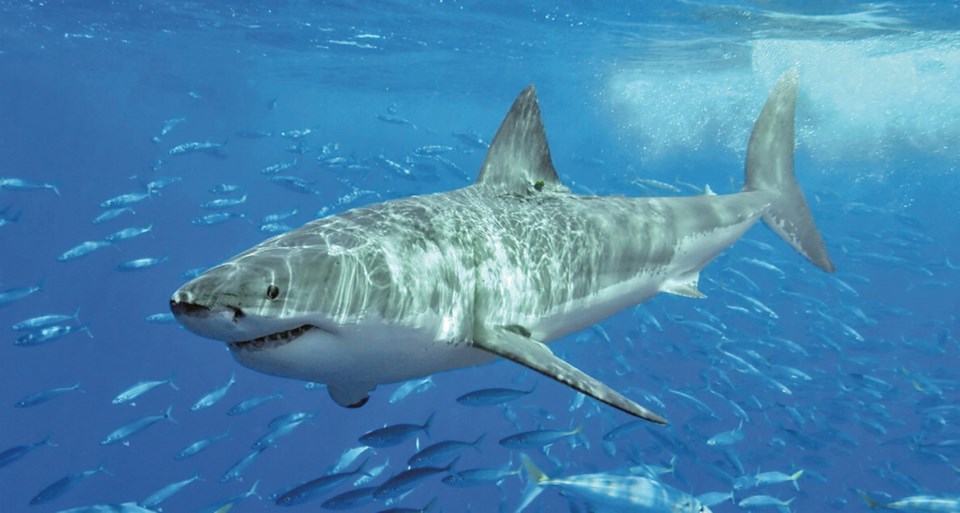FORT LAUDERDALE, Fla. — Shark attacks dropped sharply worldwide in 2016, reverting to average levels after breaking records in 2015.
There were 81 unprovoked attacks last year, well down from 98 the previous year, according to the International Shark Attack File at the University of Florida.
There were four fatal attacks — two in Australia and two in the French South Pacific territory of New Caledonia.
Florida again led the United States, with 32 attacks, up from 30 in 2015. Volusia County, the state’s shark-attack capital, recorded 15 attacks, the largest number.
The single South Florida bite took place in Palm Beach County, where a 12-year-old boy was bitten on the foot by a suspected blacktip shark at Ocean Reef Park on Singer Island.
The total does not include bites that are considered provoked. For example, a spearfisherman was bitten on the arm by a bull shark off Singer Island while reeling in a cobia trailing blood. And a snorkeller was bitten by a 70-centimetre nurse shark off Boca Raton after people had been teasing and grabbing at the shark.
George Burgess, curator of the International Shark Attack File, said as more people go in the water to swim, dive and surf, the number of attacks will continue to increase.
“A shark attack is a human phenomenon,” he said. “Sharks are a natural part of the ecosystem. The ocean is a foreign environment to humans, and when we enter the sea, we’re entering a wilderness.”
He attributed the decline from 2015 to the end of El Niño, the warm-water phenomenon in the western Pacific. Warmer weather led sharks to roam farther north and more people took to the water, causing an increase in opportunities for the two to interact.
More than half the attacks worldwide involved people on surfboards, boogie boards or paddle boards, activities that involve kicking and splashing.
“Sharks are attracted to irregular activity, especially with the inevitable wipeout and the big splash that follows,” he said. “If you have a shark trailing, that’s often when it will strike.”
While the number of humans in the water is increasing, the number of sharks is not. Targeted for their fins and meat, many shark species have sustained sharp declines over the past few decades.
“Once shark populations are down, recovery takes a long, long time,” Burgess said. “They hold a special place in their ecosystem, and a loss at one node in the web of marine life is going to have an effect on the overall system.”



